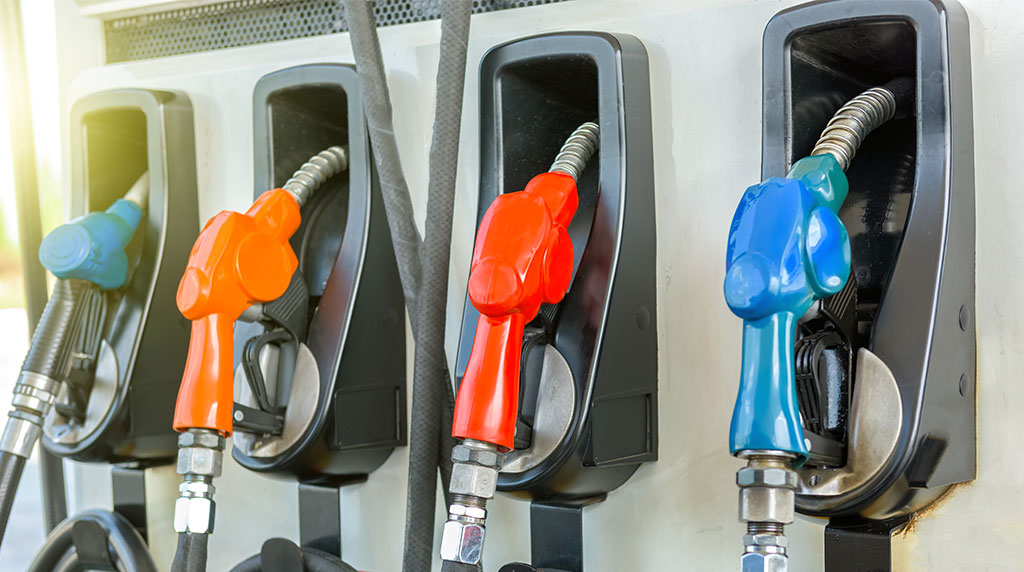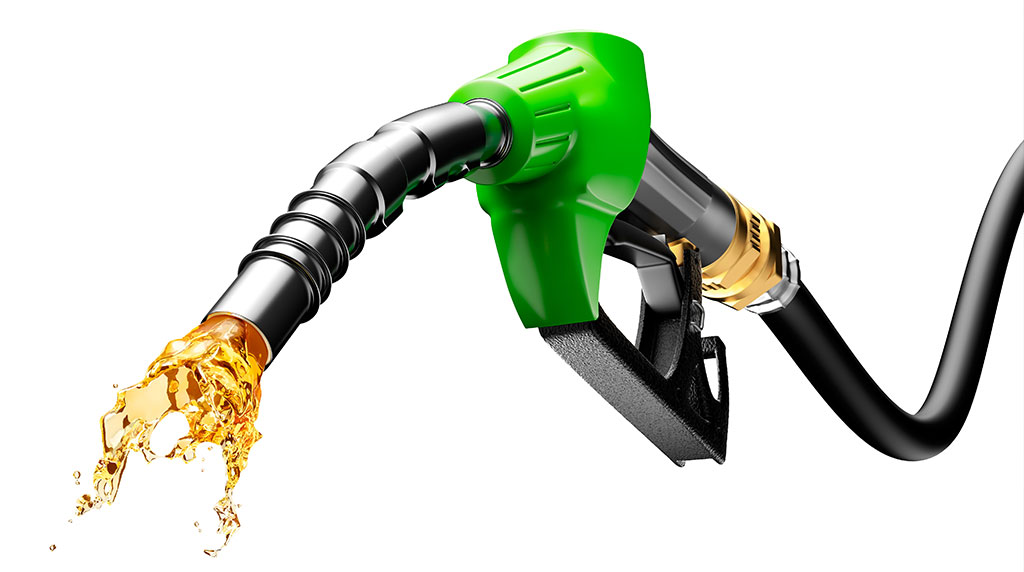Ford this week outlined its future plans in a conference with investors and media, focusing on its ICE business, its ‘Model e’ EV division and its commercial-vehicle arm, Ford Pro.
In a wide-ranging discussion with analysts, the company said it was cutting complexity in production with, for example, 2400 fewer parts in the next F150.
Over the past two years Ford said it has reduced the total orderable combinations on Explorer from 1900 to 2 and, on Expedition, from 800 to 32.
It also said it will in 2025 introduce a three-row EV with a 560km driving range and praised the business model of tractor maker John Deere which uses its farm machines as the platform for its software solutions.
Referring to the bottom line, the company confirmed it is on track for a 2023 full-year pre-tax profit of $US9 billion ($A13.5b) to $US11 billion ($A16.5b).
Ford Pro is expected to account for 60 per cent of that profit while the EV unit will lose about $US3 billion ($A4.5b) this year.
Ford Blue president Kumar Galhotra said at the conference that profit margins from ICE vehicles will grow from 7.2 per cent today to at least 10 per cent by 2026, driven by the company’s focus on profitable vehicle segments and high-margin, low-cost derivatives.
“Trucks, off-road and performance segments have a long runway,” Mr Galhotra said.
He said he saw “strong US ICE and hybrid sales well into the next decade.”
Ford also reiterated plans to achieve 8 per cent margins on its EVs by 2026, driven by volume growth, design improvements and savings from insourcing battery technologies.
CFO John Lawler said Model e will sell about 1.2 million EVs annually by then.
Ford’s chief advanced product development and technology officer, Doug Field, said Ford will in 2025 introduce an “affordable” three-row EV with up to a 560km driving range.
Automotive News has reported Ford’s plans to build an Explorer-sized EV at its Oakville plant in Ontario, which is transitioning to build EVs.
In addition, the company plans to debut a full-size electric pickup in 2025 that will be built at its BlueOval City manufacturing campus in Tennessee.
Ford on Monday also announced deals to obtain the EV battery materials needed to support its growth plans.
Automotive News reported that Ford’s role model for the future was not Tesla “or certainly not General Motors.”
“It is John Deere – the company that over the past decade has re-made itself as a technology services company that delivers its software and data products bundled in huge, green tractors and harvesters instead of smartphones,” AN said.
“Deere’s market cap is $US108 billion ($A162.5b) – roughly twice Ford’s market valuation – an unflattering comparison that Ford president and CEO Jim Farley volunteered,” the trade publication said.
As part of its work to increase Ford Blue profits, Mr Galhotra said the company has identified $US500 million ($A752m) in savings this year by reducing parts complexity and finding manufacturing efficiencies.
For example, he said, the freshened F-150 full-size pickup debuting this year has 2400 fewer parts than the current model.
Over the past two years, Mr Galhotra said Ford has reduced the total orderable combinations on Explorer from 1900 to 23, and, on Expedition, from 800 to 32.
Executives have said Ford has a roughly $US7 billion ($A10.5b) cost gap with its competitors, mostly within Ford Blue.
“Auto companies have been stuck in a valuation box,” Mr Farley told analysts.
AN said that the key to escaping that box will be Ford’s success at eliminating the billion-dollar cost gap to its competitors which Mr Farley has outlined as meaning transforming the engineering operations, radically simplifying product offerings, taking money out of its distribution (if dealers allow it,) cutting labour costs as much as 30 per cent per vehicle and cleaning up supply chain and quality issues that eroded company profits in 2022.
CFO John Lawler addressed the elephant in the room. “You’re not going to start believing us until we deliver,” he told analysts. “We’ve told you this before and we haven’t delivered.”
In a move to reduce costs, Mr Farley said that his leadership team now convenes one Tuesday per month to focus specifically on material and supplier cost-cut opportunities.
“I’m starting to see an excitement around waste elimination; it’s not task-assigned,” Mr Farley said.
CFO John Lawler said the company’s leaders were responsible for delivering results.
“Quite honestly we know this is our biggest issue,” Mr Lawler said. “We’ve told you this before and we haven’t delivered. We have to prove it.”
By Neil Dowling














 Read More: Related articles
Read More: Related articles

